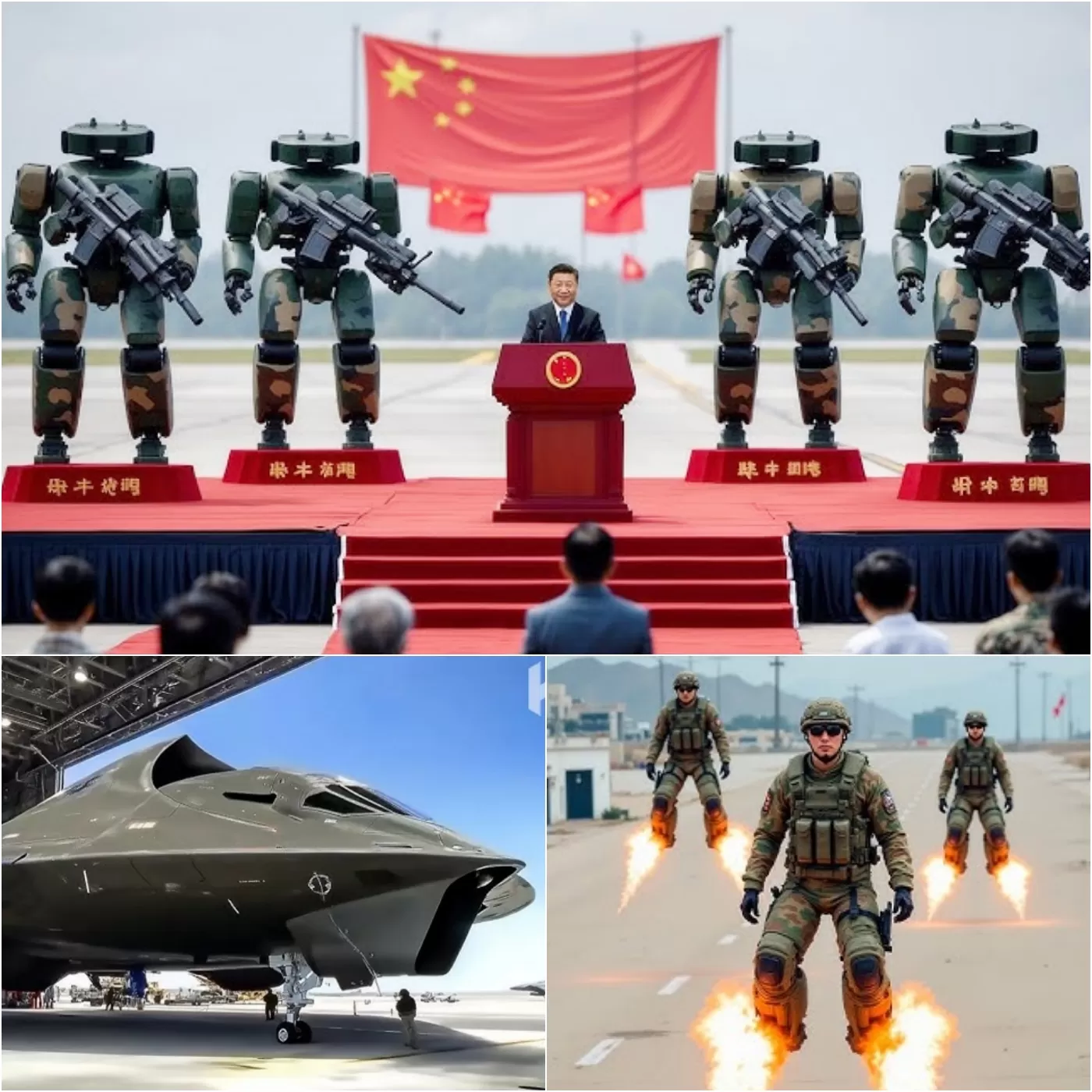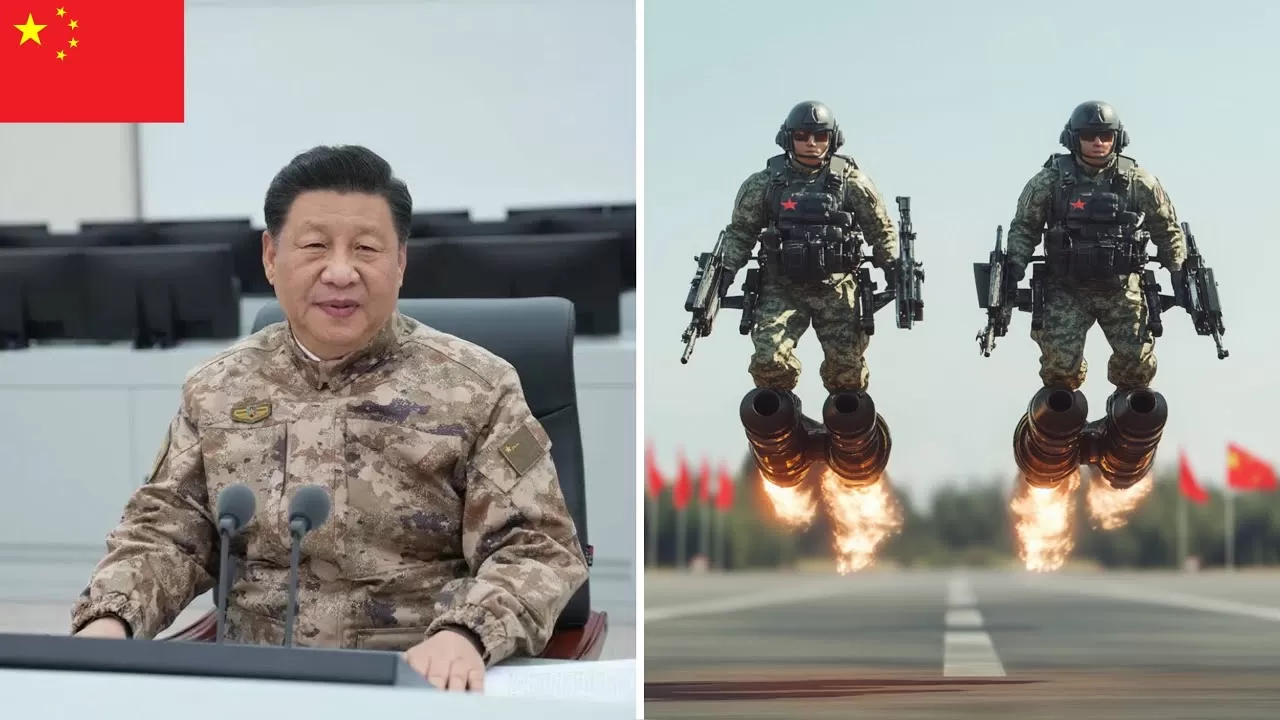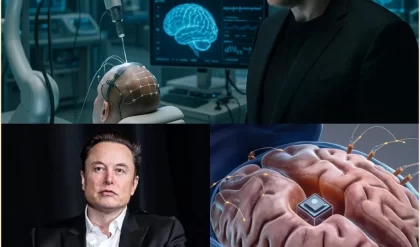In 2025, China is poised to launch a series of cutting-edge technologies that promise to transform diverse sectors globally. These advancements range from artificial intelligence and quantum computing to electric mobility and humanoid robotics. Below, we explore some of the most notable innovations emerging from the Asian giant.

DeepSeek: The autonomous AI that revolutionizes the market
A small Chinese company has developed DeepSeek, an artificial intelligence that directly competes with OpenAI’s ChatGPT. Offering a similar interface for free and with significantly lower development costs, DeepSeek represents a notable advance in the field of AI. Furthermore, Wuhan Butterfly Effect has launched Manus, an AI device capable of performing autonomous tasks such as purchasing airline tickets or managing emails. These innovations promise to revolutionize various sectors and increase competition in the field of artificial intelligence.

Quantum Computing: The Next Big Technological Leap
As artificial intelligence garners global attention, quantum computing is emerging as the next major technological revolution. This technology, which uses qubits instead of classical bits, could transform critical areas such as defense, finance, and industry by enabling much faster and more efficient calculations and simulations. Although a fully stable quantum computer has not yet been developed, countries and companies around the world are investing significantly in its research and development. Experts highlight the potential of quantum computing to improve energy efficiency, optimize artificial intelligence, and solve complex problems in a variety of fields.

The Chinese company BYD has unveiled an ultra-fast charging system for electric vehicles, called the Super e-Platform. This system can charge with a maximum power of 1,000 kW, allowing the battery to be recharged in just five minutes to travel 400 kilometers. This advancement aims to match the refueling times of electric cars with those of combustion engines, allowing the use of smaller and lower-cost batteries. BYD has announced the installation of 4,000 chargers in China, which could boost the electrification of delivery and transportation vehicles.
Humanoid robots: China’s bet for 2025
China has announced its goal of ramping up mass production of humanoid robots by 2025, underscoring its belief in the industry’s “great potential.” This decision, supported by the Ministry of Industry and Information Technology, reflects China’s ambition to become a world leader in the development and production of humanoid robots, which could transform sectors such as manufacturing, healthcare, and services.
Zhuque-3: The reusable rocket that marks China’s space future

LandSpace, a private Chinese company, is developing the Zhuque-3, a partially reusable heavy rocket whose first flight is planned for 2025. This launcher, 76.6 meters tall and 4.5 meters in diameter, can launch up to 21.3 tons into low orbit in its non-reusable version. The rocket’s first stage is reusable up to 20 times and is powered by nine engines that burn a mixture of liquid methane and liquid oxygen. This development represents a significant step in China’s space race, positioning it as a key competitor in the field of reusable launchers.
Innovations in the medical sector: AI-powered surgical equipment
At the 2025 China Medical Equipment Expo in Chongqing, artificial intelligence-powered surgical systems, deep learning-enhanced diagnostic platforms, and cloud-connected robotic devices were showcased. These innovations highlight China’s commitment to integrating advanced technologies into the healthcare sector, improving the accuracy and efficiency of medical procedures and disease diagnosis.
Conclusion
China is positioned as a leader in technological innovation by 2025, with advancements ranging from artificial intelligence and quantum computing to electric mobility and space exploration. These technologies will not only transform the Chinese economy and society but will also have a significant global impact, redefining industries and setting new standards in diverse fields.





